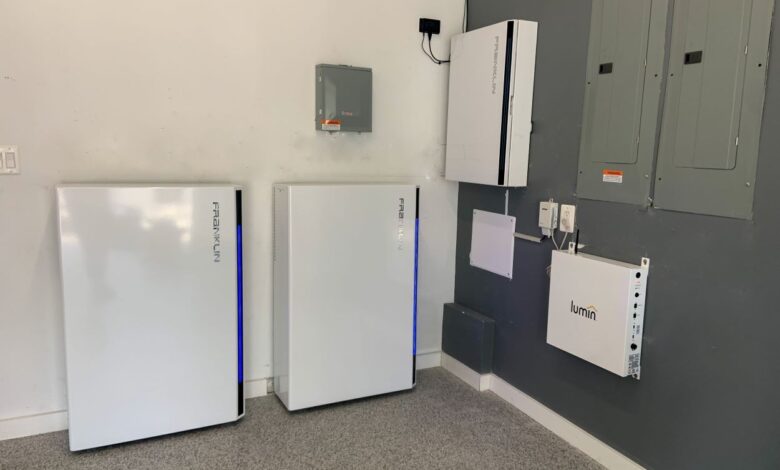Comparing the Technological Innovations of Franklin Battery and Tesla Powerwall: A Game-Changer for the Solar Industry?

The rapid growth of solar energy adoption has fueled an equally significant demand for efficient and reliable energy storage solutions. Two prominent players in this space are the Franklin Battery and the Tesla Powerwall. Both offer compelling technologies aimed at maximizing the benefits of solar energy, but they approach the challenge with different design philosophies and features. Understanding these nuances is key to appreciating their impact on the solar industry’s future. Here’s the franklin battery vs tesla powerwall difference that you should know about.
Smart Integration and Renewable Energy Sources
Both the Franklin Battery and the Tesla Powerwall are designed for seamless integration with solar panel systems. However, they differ in their approach. The Tesla Powerwall has cultivated a strong ecosystem, often requiring pairing with its own inverters for optimal performance. This tight integration can simplify setup but may limit flexibility for users with existing equipment. Franklin, on the other hand, often promotes a more open architecture, emphasizing compatibility with various inverters, thereby allowing for more customizable and potentially cost-effective solutions. This difference in design philosophy can significantly affect user choices based on existing solar infrastructure. Both systems, however, prioritize efficient energy conversion from DC solar to AC household power, reducing energy loss and maximizing the use of renewable energy.
AI-Driven Energy Management and Optimization
A key differentiator in these battery systems is their approach to energy management. Tesla’s Powerwall leverages its proprietary software to predict energy consumption patterns, optimize battery usage, and prioritize charging from solar during peak times. It learns user behavior through machine learning to refine these predictions, minimizing grid dependence and maximizing self-consumption. Franklin, while also offering intelligent energy management, often utilizes a more modular and flexible approach, allowing for more fine-grained control by the user and potentially a greater level of integration with third-party smart home platforms. While both offer effective energy management, Tesla leans heavily on proprietary AI, while Franklin offers a more user-controlled and customizable platform.
Grid Service Capabilities and Future Adaptability
Beyond basic home energy storage, both batteries are increasingly viewed as crucial resources for the electrical grid. Both the Franklin battery and Tesla Powerwall offer grid services, such as frequency regulation and demand response, which can help stabilize the grid and potentially earn users revenue. Franklin often emphasizes its capability for aggregation, allowing multiple batteries to operate as a virtual power plant (VPP), providing significant grid support. The Tesla Powerwall similarly, through its software and fleet of batteries, can offer similar large-scale grid benefits. The long-term value of these grid capabilities is likely to make both systems more appealing as grids modernize and incentivize such services.
Conclusion:
The Franklin Battery and Tesla Powerwall represent cutting-edge technologies driving the growth of the solar industry. While Tesla’s integrated ecosystem and AI-driven management appeal to some, Franklin’s open architecture and flexible approach offer alternatives that may be more suitable for others. Ultimately, the competition between these two innovations will likely push the boundaries of battery technology, leading to more efficient, intelligent, and accessible energy storage solutions, accelerating the transition to a more sustainable energy future.



